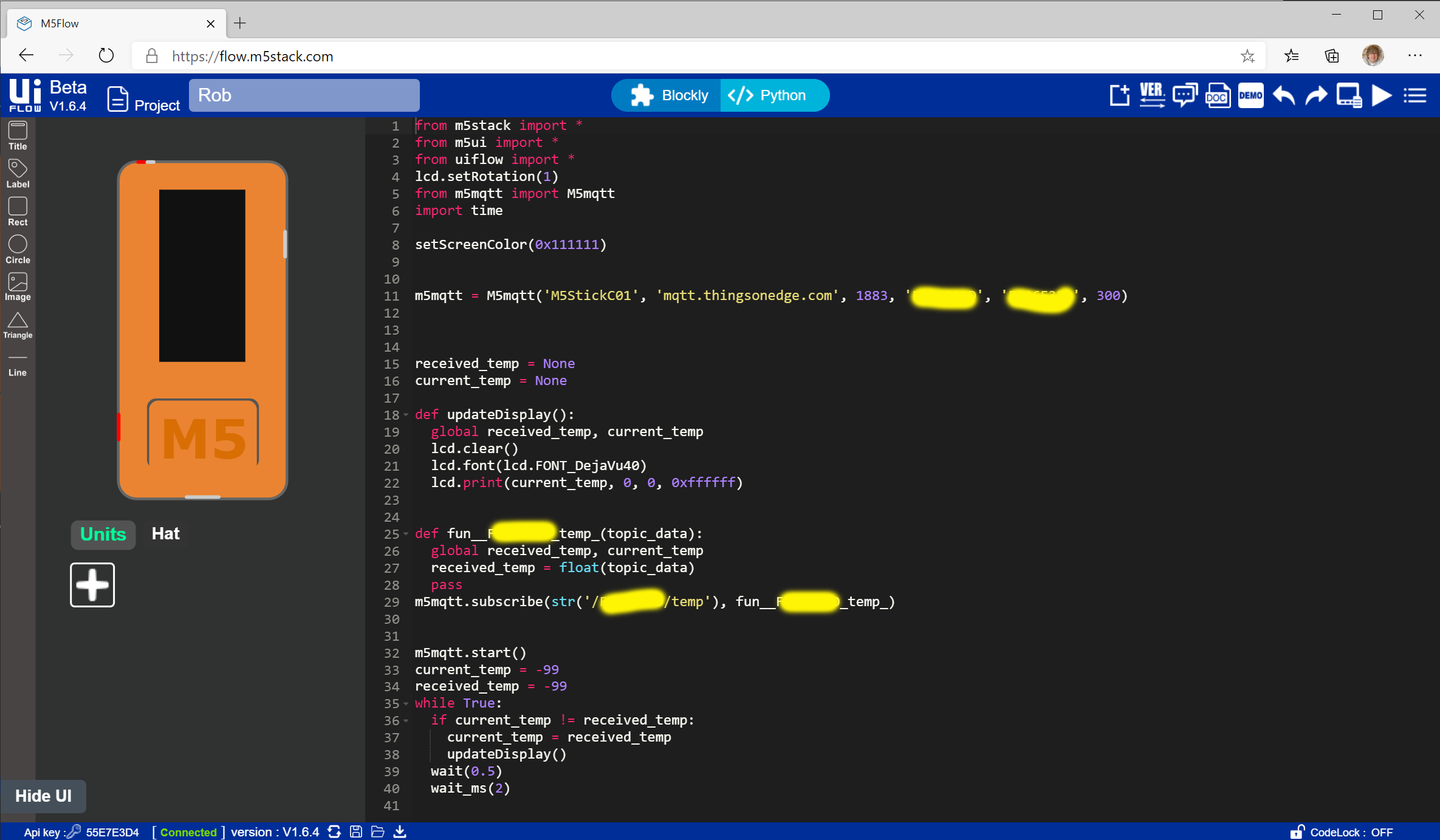Hull Pixelbot gets connected at the Hardware Meetup
/I’ve spent a big chunk of today combining the Hull Pixelbot and Connected Little Boxes to make a single device. This will make it possible to use a robot as a connected device. It’s big news for me, but perhaps not for anyone else.
Anyhoo, I’ll be taking the newly upgraded robot along to the Hardware Meetup tomorrow (Wednesday 11th June) at 5:00 pm in Hull Makerspace. We’re going to try and connect it to a tracking camera so that it can tell where it is. It’s going to be great fun.




























